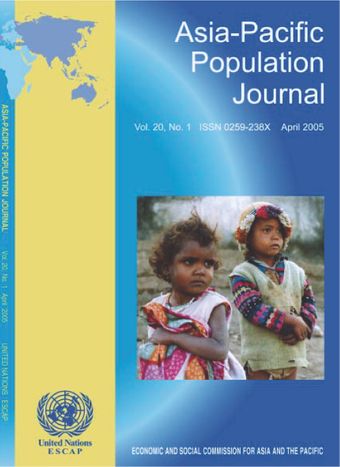-
Bangladeshi migrant workers in Singapore: The view from inside
- Source: Asia-Pacific Population Journal, Volume 20, Issue 1, Nov 2005, p. 63 - 88
-
- 03 Nov 2005
Abstract
Since the end of the Second World War, the international migration of labour has grown in volume and changed in character (Castles and Miller, 1998). It has also been observed that there are two main phases in post-Second World War migration (Castles and Miller, 1998, p.67). In the first phase, from 1945 to the early 1970s, large numbers of migrant workers were drawn from less developed countries into the fast-expanding industrial areas of Western Europe and North America. However, the organized recruitment of migrant workers by industrialized countries ended in the early 1970s owing mainly to the fundamental restructuring of the global economy and the politicization of migration (Castles, 2001). The second phase began in Asia in the mid-1970s. The phenomenal rise in oil prices since the end of 1973 generated a huge demand for temporary migrants in Middle Eastern countries. This massive demand for temporary migrants resulted in an enormous flow of labour to oil-rich Arab countries. In addition, since the mid-1980s the demand for temporary migrants grew in the prosperous countries of East and South-East Asia and a large number of migrants migrated to these countries for temporary employment. Bangladeshi migrants are found in both destinations.





